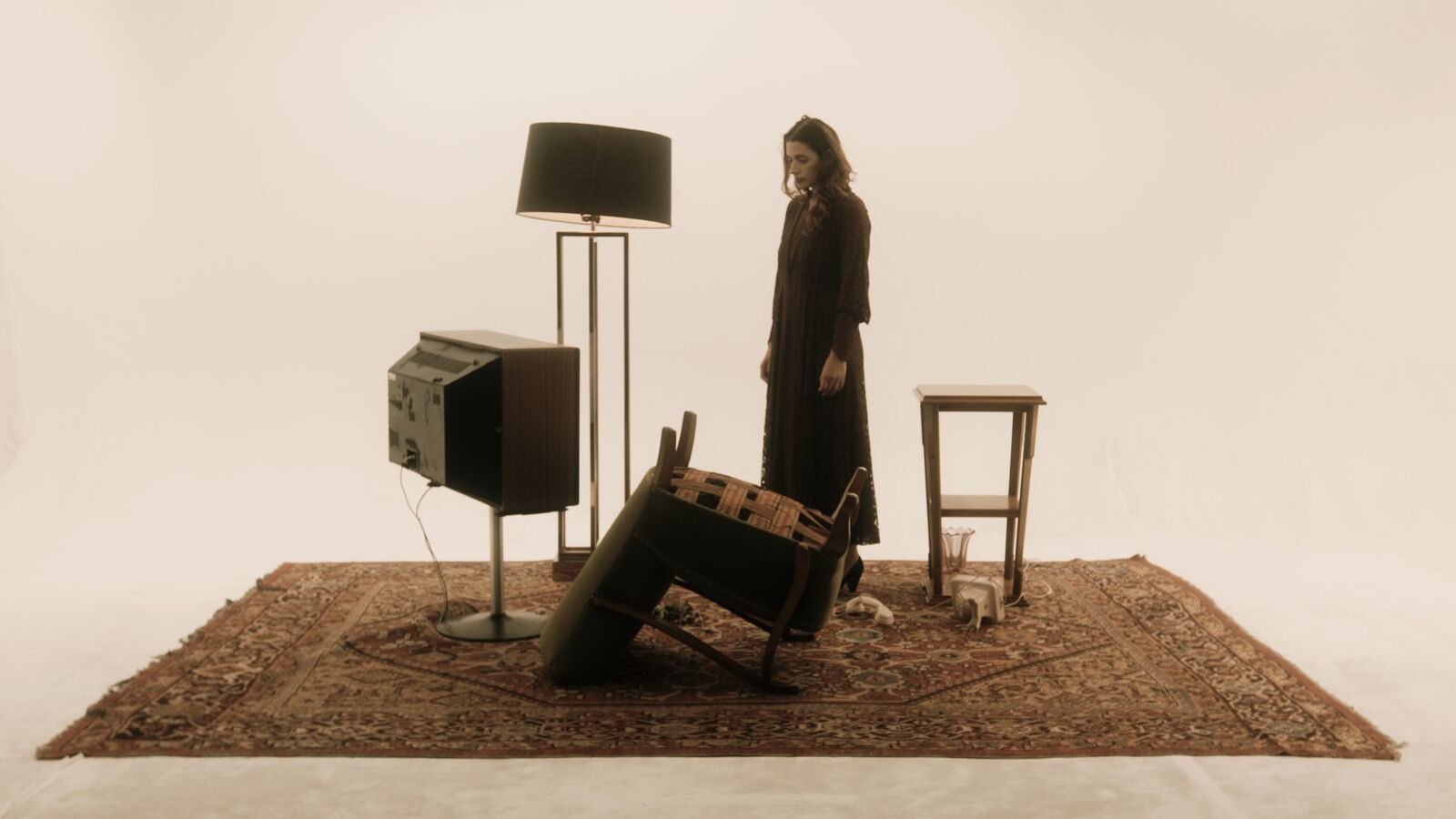
'CAPITAL' (2020)
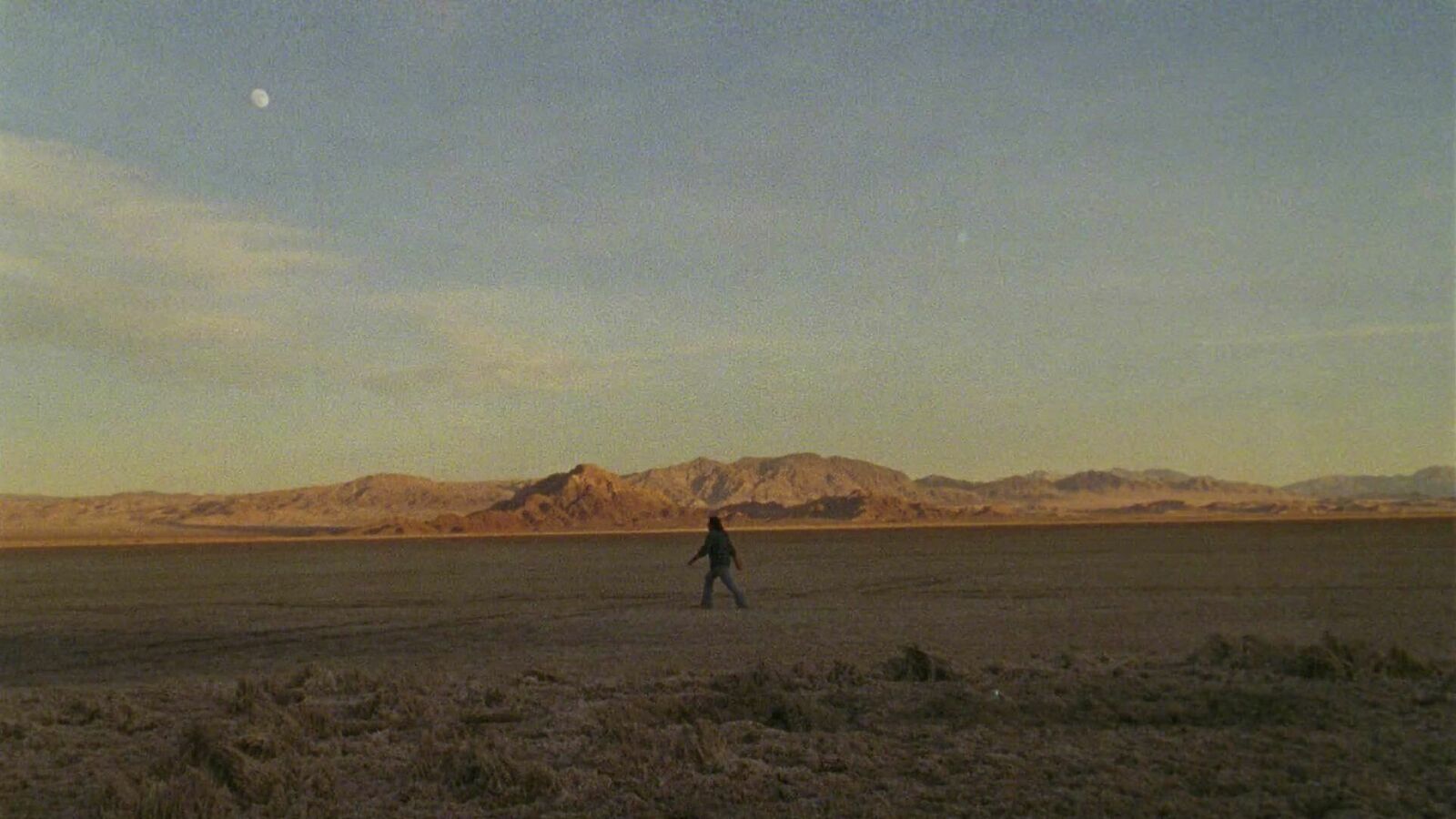
'Ouroboros' (2017)
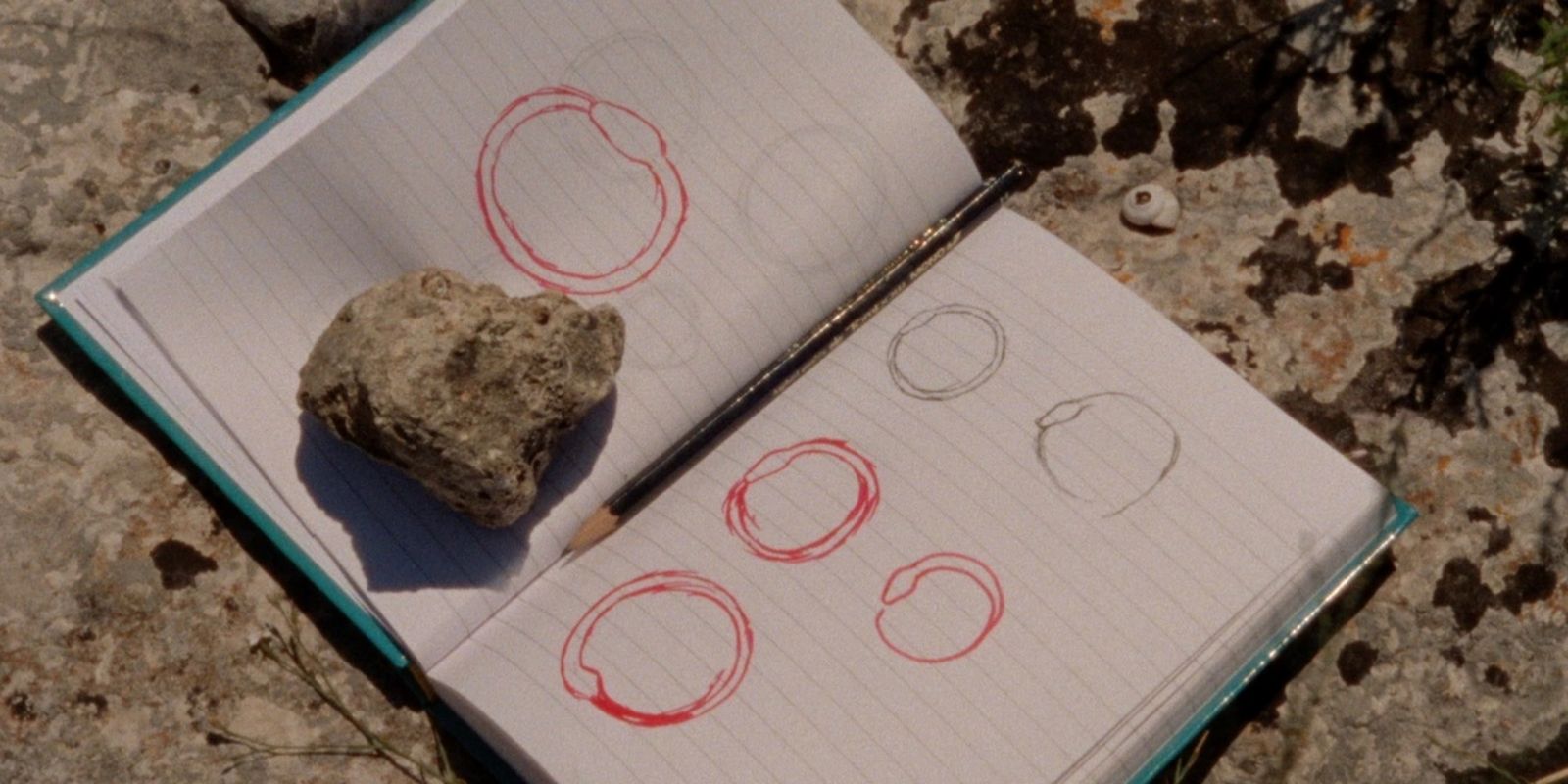
'Ouroboros' (2017)
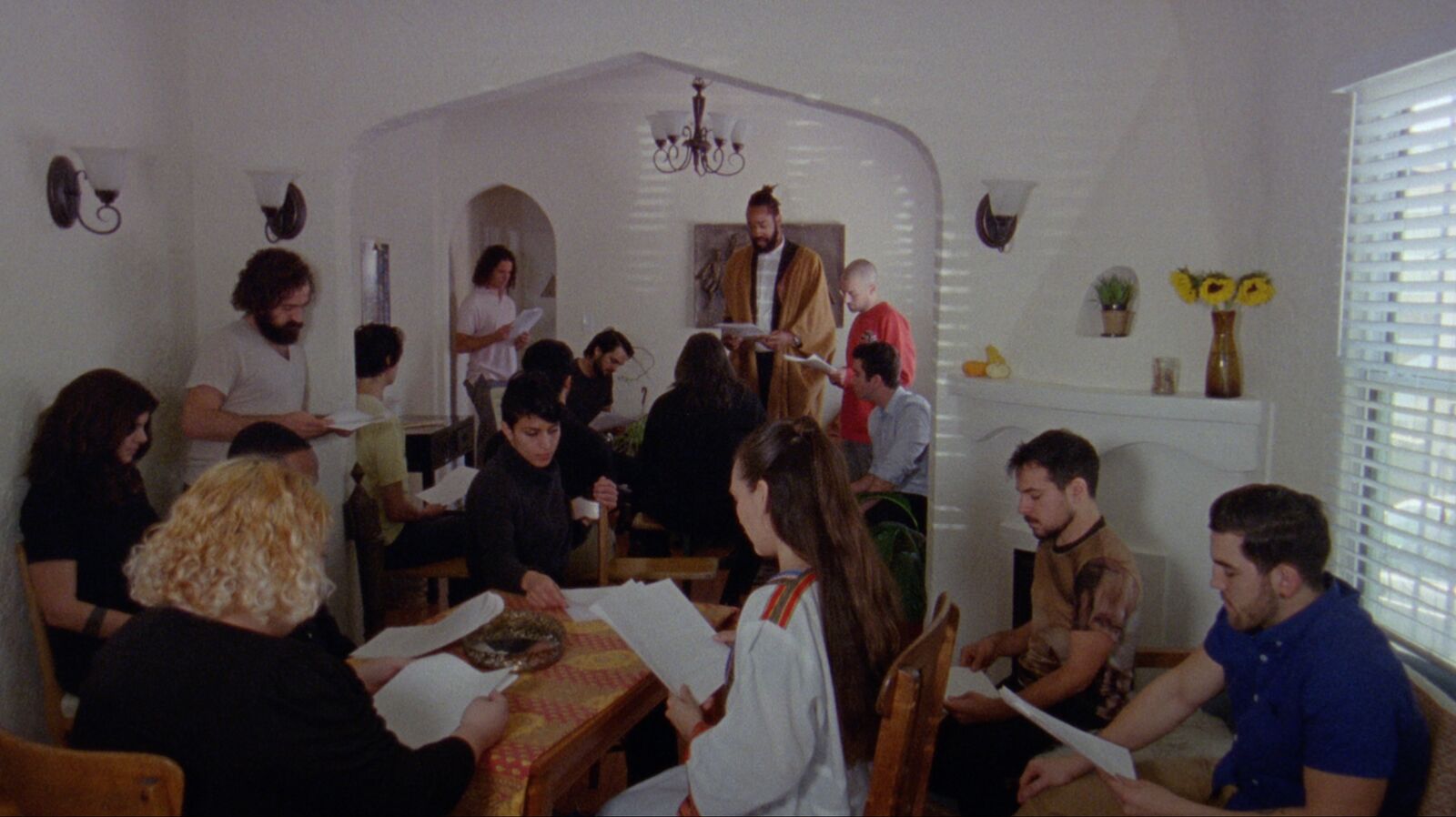
'Ouroboros' (2017)
The Place Where I was Condemned to Live is Basma al-Sharif’s first solo exhibition in the Netherlands. Basma's work traverses many themes related to de Appel’s current focus: her films and installation pieces raise questions related to the representation of domesticity, land, and displacement.
Three installations and a film are presented Trompe l’œil (2016), a mise en scene, archival photographs and a looping video questions who has the right to make and reproduce images; A Philistine (2019-2023), a work centered around a fictional story written by al-Sharif follows a train journey moving backwards in time through history. The story undoes geographical borders and incites new possibilities for Palestinian futures and desires; CAPITAL (2023), a short film and photographic series, satirically explores how urban development and censorship are intertwined and driving a rise in Fascism in Egypt. Basma's film Ouroboros (2017) will be screened at the end of each day of the exhibition. Ouroboros is a feature length film, that opens on an endless cycle of destruction and rebuilding in Gaza. Alternating between an eerie panoptic gaze and sumptuous 16mm footage, the film voyages through 5 different landscapes as an homage to the besieged territory in order to hope beyond hopelessness. Chinook, an Indigenous language spoken by artist-filmmaker Sky Hopinka in the film, subtly collapses the two peoples and their struggle for liberation into one another poetically.
As part of the opening, al-Sharif shared research from her new work Morning Circle through a symposium and workshop that looked critically at the ways in which Western cultural hegemony fails to see immigrants as integral to their populations, by taking one of the most vulnerable spaces: the Kindergarten, as a space of potential reform.
Daily programme:
‣ There will be daily readings of the novella A Philistine by de Appel's team and others;
‣ Ouroboros will screen daily at 6.30pm (at 6pm on Wednesday 4 September, and with no screening on Saturday 7 September) in the exhibition space.
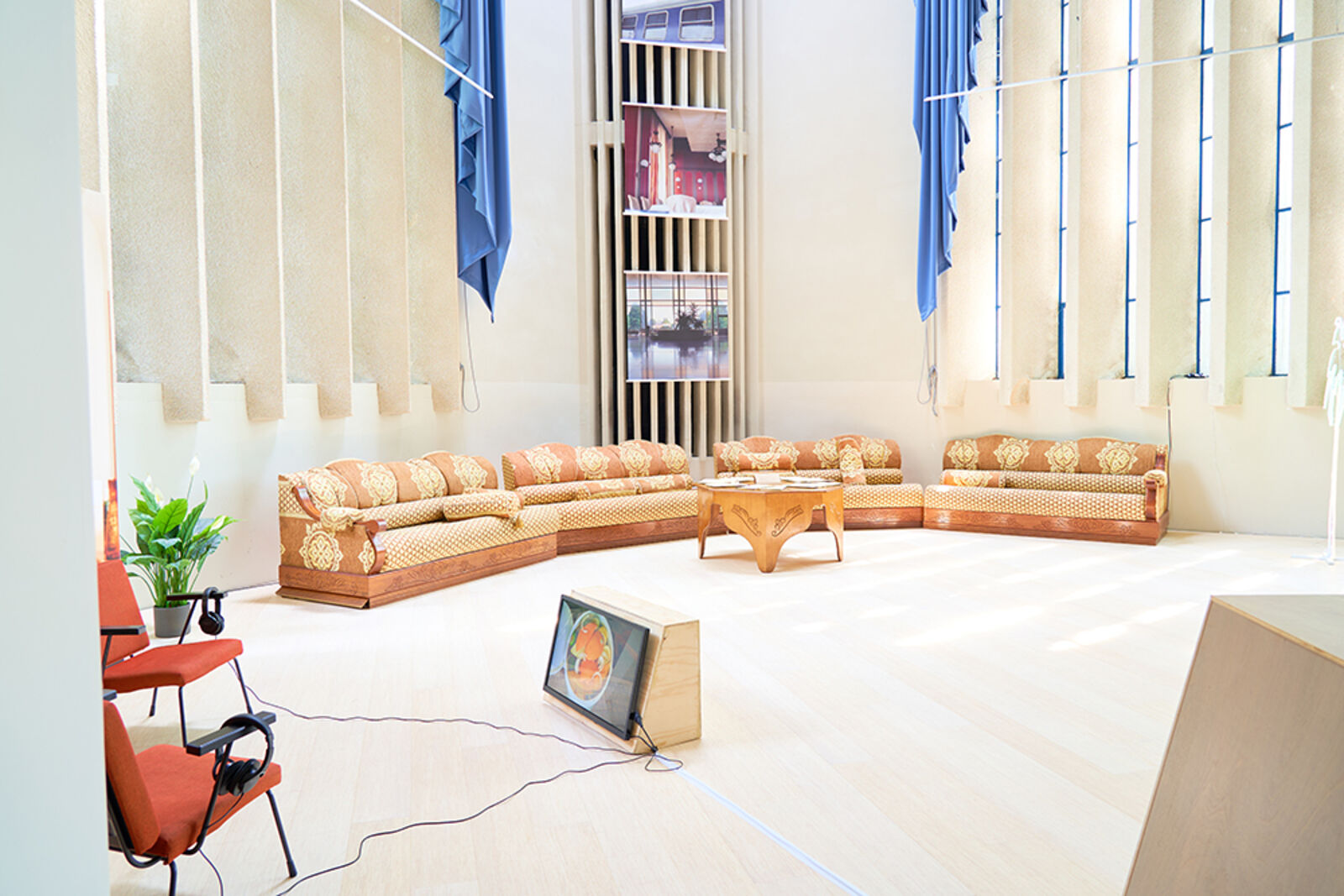
Images: Sigrún Gyða Sveinsdóttir
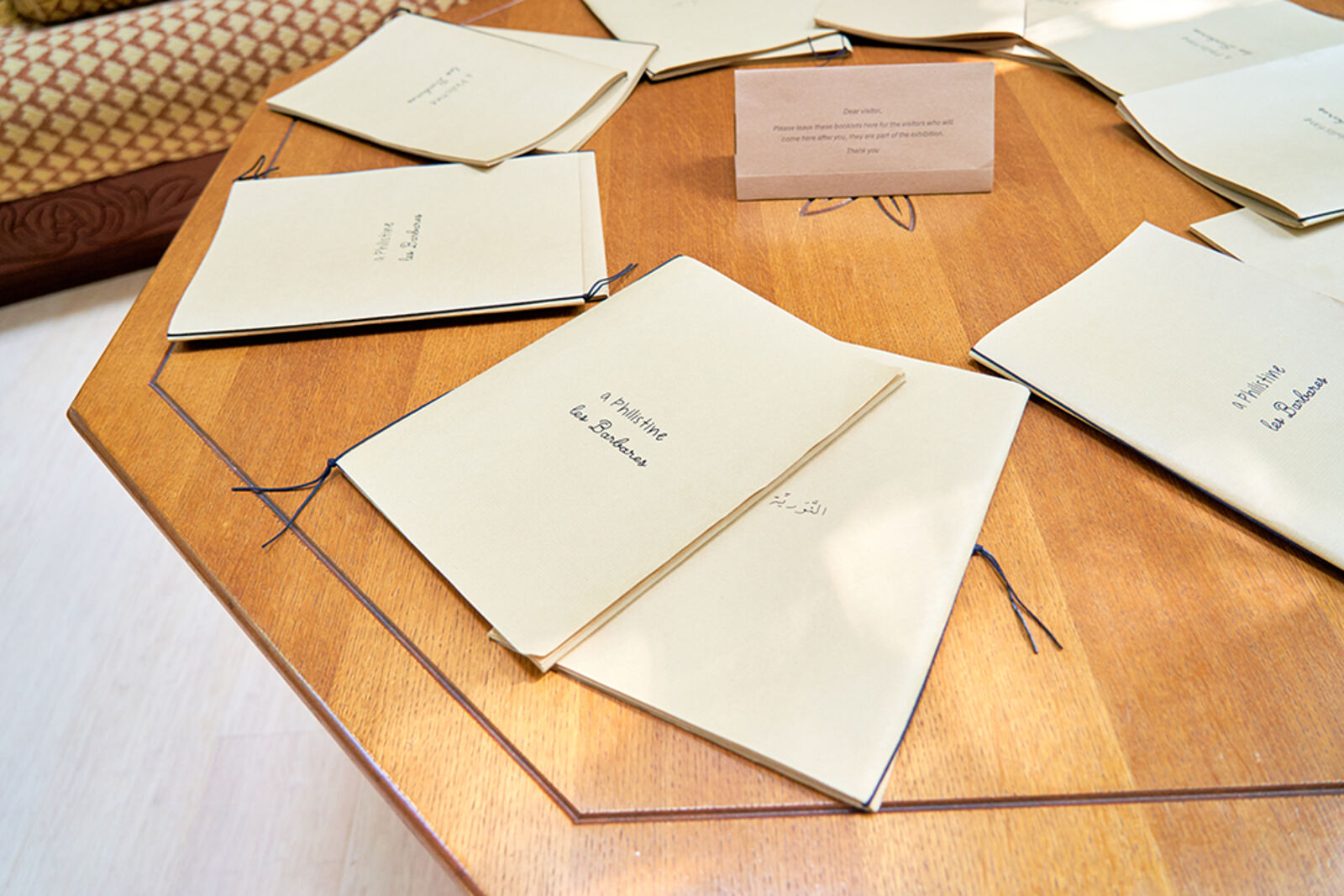
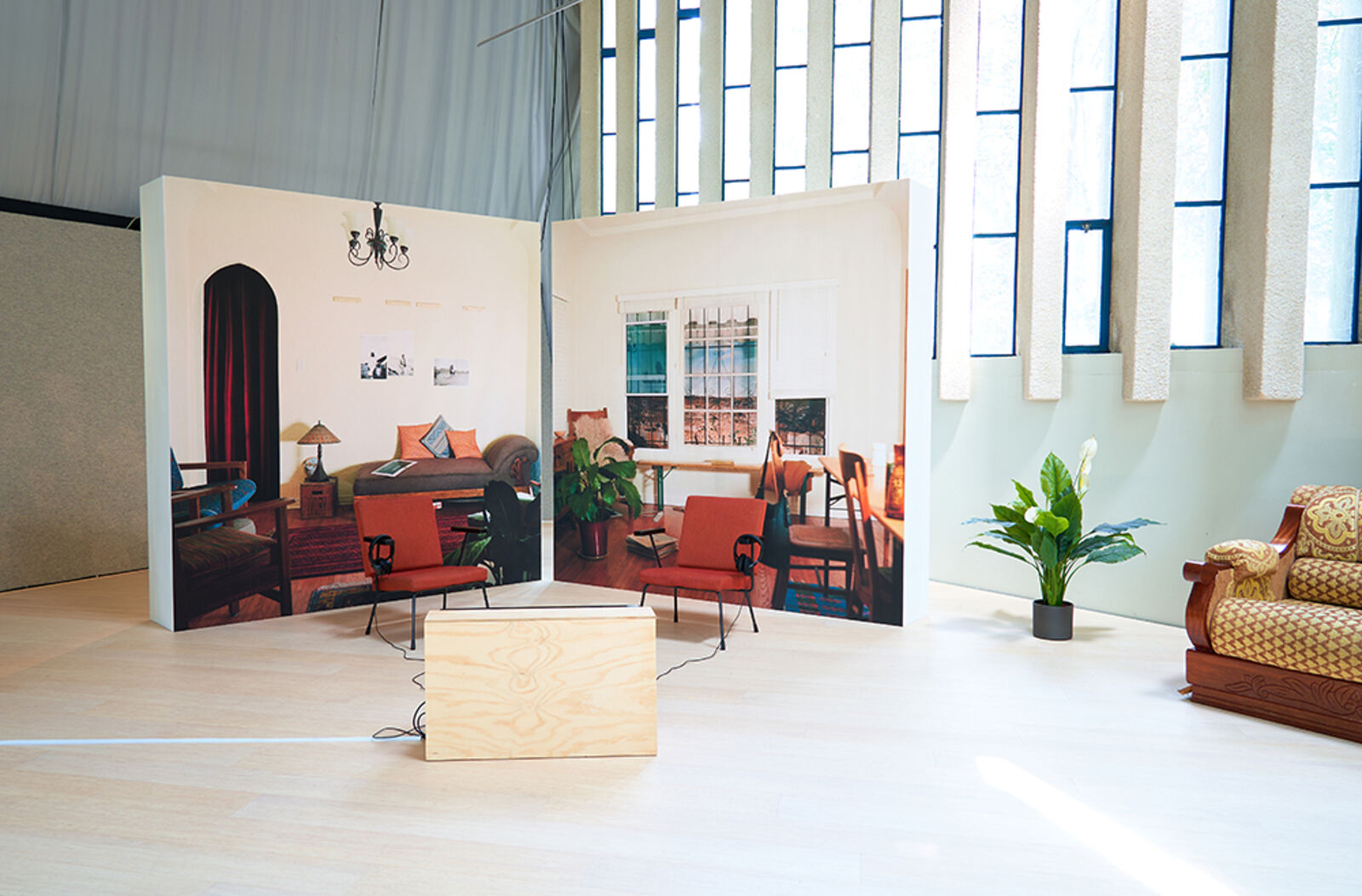
Trompe l’oeil (2016)
Video installation, 8’38” loop, found furniture, 38 inkjet framed photographs
A Trompe l’Oeil is a trick of the eye. In this installation three photographs from Lawrence of Arabia are reshot as part of a carefully constructed still life of uncanny domesticity. The three images are of Arabs enslaved by other Arabs taken during the period of the Arab Revolt, but only one of the images—the one of the girl on the horse—is free of its copyright and is reproduced again as one of the many framed photographs and drawings that hang in a frieze-like arrangement in the room. A familiar space that hides within it pleasure, horror, and banality, the installation is composed of two large scale mural photographs, 38 reproduced archive images of various sizes, and a video loop in a carpeted space with three bergère chairs and a peace lily.
Ouroboros (2017)
Film screening, 1h17’
Ouroboros refers to the symbol of the snake eating its tail, inferring a cycle of death and regeneration. With its experimental narrative—whose central character embarks on a journey to shed his pain, only to experience it anew through an undetermined time-space continuum that is alternatively lush and beautiful, haunting and despairing, fraught with physical and historical ruin and uncertain predicaments—the film adheres to a fragmentary, dreamily desultory, aesthetically immersive structure. It is a heady mix of essayistic musings, stunning landscape studies, and a kaleidoscopic, dislocated love story, in which displacement finds multiple, compelling voices, and the rhythms clash and jostle us out of expectation. With onscreen text that has been translated into Chinook, a North American Indigenous language spoken by fellow artist-filmmaker Sky Hopinka, bookending archival surveillance footage of destruction in Gaza, with an eerie panoptic gaze and sumptuous 16mm footage, with an extended passage in reverse and fictional vignettes that nevertheless blur the boundaries of being and acting, Ouroboros exhumes trauma caused by territorial occupation and steadfastly refuses the idea of stasis.
CAPITAL (2020)
Video installation, 19’03” loop, found furniture, 4 mounted aluminium prints
Between the mid-1930s and mid-1940s, Italian filmmakers produced what became known as white telephone (telefoni bianchi) films, which upheld and promoted conservative and nationalistic notions of home, family, and religion. They were later understood as precursors to fascist propaganda films. Named for what was then a scarce status symbol, white telephone films offered Hollywood-style glamour untouched by class or social conflict—a far cry from daily life in wartime Italy. Often set in foreign or even imaginary countries, the films featured Italian characters in lighthearted, escapist narratives.
CAPITAL, which references white telephone films, was shot at locations including the CityLife residential complex in Milan, the Nile river-front in Cairo, residential neighbourhoods in Alexandria, and the construction sites of new cities—places where architectural histories are romanticised even as they are being erased. Through these sites, al-Sharif explores the desires that drive politicians, urban planners, and their imagined ideal residents, as well as how the resulting designs, with their disregard for the historical failures of colonial architecture, seek to transform and control the cultural and political landscape. Against this backdrop, a ventriloquist and his dummy allude to what cannot or should not be said, laughed at, or critiqued in an attempt to speak in spite of ambivalence, censorship, and complacency. By weaving these elements together, al-Sharif hints at the limits of free speech and reveals how fascism and its legacies persist in the present.
A Philistine (2019–2023)
Found furniture, 6 inkjet prints, 25 printed booklets, neon palm tree sign
A Philistine is an installation centred around the reading of a fictional text. The story is broken into three genres: History, Fantasy, and Erotica, and is accompanied by a series of images. The viewer is invited to read the book in the space of the installation within an Ottoman-era style diwan.
Re-inventing historical train routes that existed before the creation of Israel, the story takes us on one continuous voyage that proposes what such a journey would be like today. Borders are undone and the various inhabitants of the Levant and North Africa intertwine along a train journey that escapes the imminent future and questions the repercussions of the Nation State on the region.